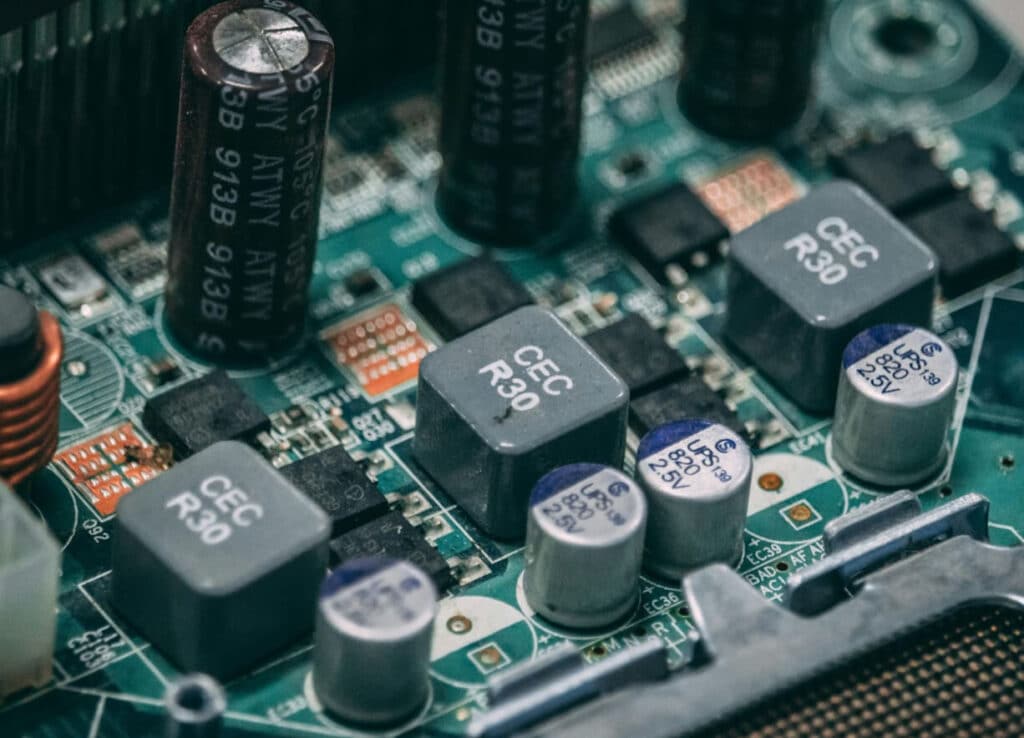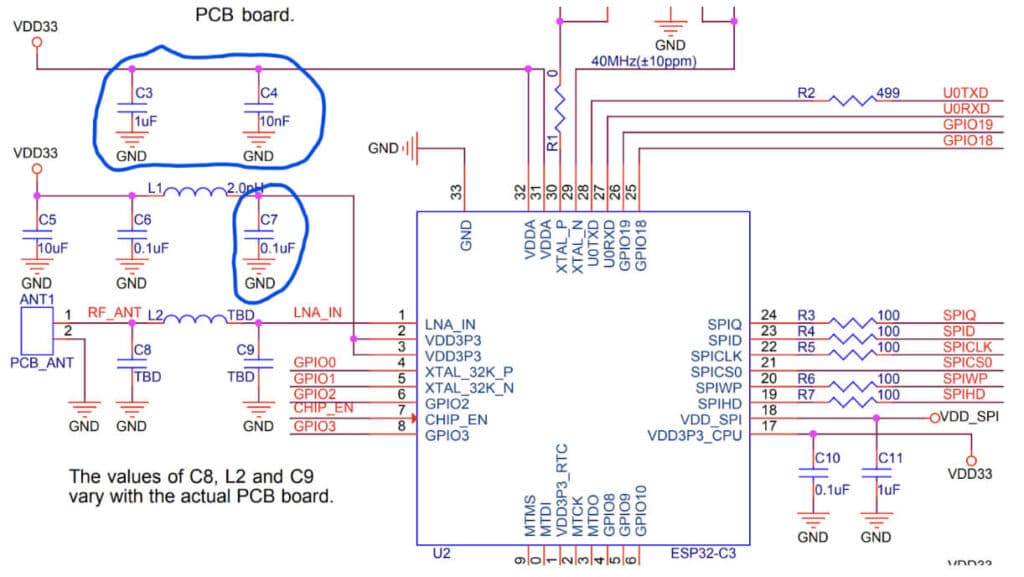Introduction
Capacitors are fundamental components in electronic circuits, playing a critical role in the functionality, stability, and reliability of various devices. From filtering out noise in power supplies to stabilizing voltage levels in microcontroller circuits, capacitors help in ensuring that electronic designs operate as intended. This article explores why capacitors are so important, their functions in different circuits, potential issues if neglected, and specific use cases in microcontroller applications.
Why Capacitors Are Important in Electronics
Capacitors are passive electronic components that store and release electrical energy. Their ability to influence the behavior of electrical signals makes them crucial in various applications, including:
- Energy Storage: Capacitors store energy in an electric field, which can be released when needed. This ability is critical in applications like flash photography, where a sudden burst of energy is required.
- Filtering: Capacitors are commonly used in power supply circuits to filter out noise and smooth the output voltage. This ensures that the power supplied to sensitive components, like microcontrollers, is clean and stable.
- Decoupling: In digital circuits, capacitors are used to decouple one part of the circuit from another, preventing noise from one section from affecting another. This is particularly important in complex circuits where various components interact.
- Timing: Capacitors, in combination with resistors, are used in timing applications such as oscillators and timers. They determine the time interval in circuits like RC timers, which are widely used in various electronic devices.
The Impact of Neglecting Capacitors in Designs
Failing to include capacitors where necessary can lead to various issues, such as:
- Power Supply Instability: Without adequate filtering capacitors, the power supply voltage can fluctuate, causing instability in the circuit. This can lead to erratic behavior in microcontrollers, including unexpected resets and malfunctioning.
- Noise Interference: In the absence of bypass capacitors, high-frequency noise can propagate through the power supply lines, leading to unpredictable performance and interference with analog signals.
- Signal Distortion: Without coupling capacitors, unwanted DC components can be introduced into signal paths, leading to distortion and potential damage to subsequent stages of the circuit.
- Voltage Spikes: In circuits with fast-switching components, like microcontrollers or switching power supplies, the absence of decoupling capacitors can result in voltage spikes that may damage sensitive components.
Use Case: Capacitors in Microcontroller Circuits
Image illustrates different values of capacitors connected to the MCU.
(Circuit from ESP32-C3 Datasheet)
Microcontrollers are the heart of many modern electronic devices, and capacitors play a vital role in ensuring their stable operation. Here’s how capacitors are used in microcontroller circuits:
- Power Supply Decoupling: Microcontrollers often require a stable power supply to function correctly. Decoupling capacitors (typically 0.1µF ceramic capacitors) are placed close to the power pins of the microcontroller to filter out noise and stabilize the voltage. Without these capacitors, the microcontroller may experience erratic behavior, especially during high-speed operations or when switching between different states.
Example: In a simple Arduino-based project, a 0.1µF capacitor placed between the Vcc and GND pins can prevent resets or malfunctions caused by power supply noise. - Reset Circuit: Capacitors are often used in conjunction with resistors in the reset circuit of a microcontroller. This setup ensures a smooth and delayed reset signal, allowing the microcontroller to start up correctly. A missing or incorrectly sized capacitor can result in a microcontroller that fails to reset properly or starts up unpredictably.
Example: In an ATmega328P-based design, a 10µF capacitor is typically used in the reset circuit to ensure that the reset line is held low long enough for the microcontroller to initialize properly. - Clock Stabilization: In circuits where a crystal oscillator is used to generate the clock signal for the microcontroller, capacitors are placed alongside the crystal to stabilize its operation. Incorrect capacitor values can lead to an unstable clock signal, causing timing errors in the microcontroller’s operation.
Example: For an 8 MHz crystal used with a PIC microcontroller, two 22pF capacitors are typically placed between the crystal pins and ground to ensure stable oscillation.
Choosing the Right Capacitor
When selecting capacitors for your design, it’s essential to consider factors such as:
- Capacitance Value
- Voltage Rating
- ESR (Equivalent Series Resistance)
- Temperature Stability
By understanding the role of capacitors and selecting the right type for your application, you can significantly enhance the reliability and performance of your electronic designs. Their importance cannot be overstated.
- Use Case: Converts a higher input voltage to a lower output voltage. Commonly used in battery-powered devices to step down the battery voltage to a level suitable for microcontrollers or other low-voltage components.

